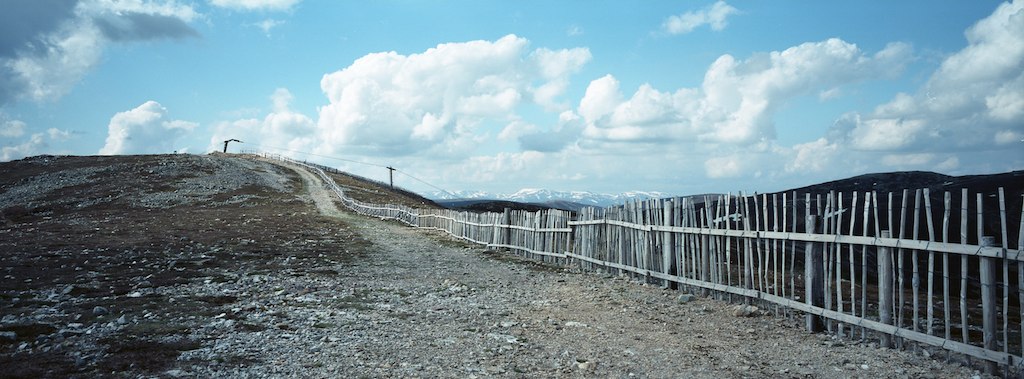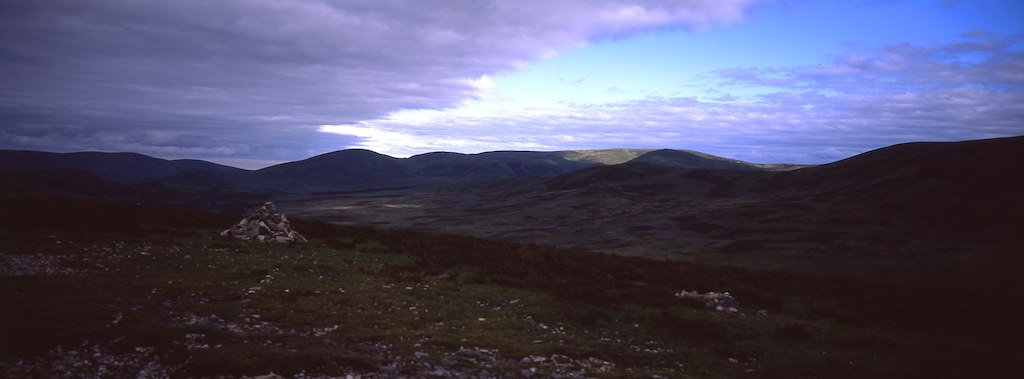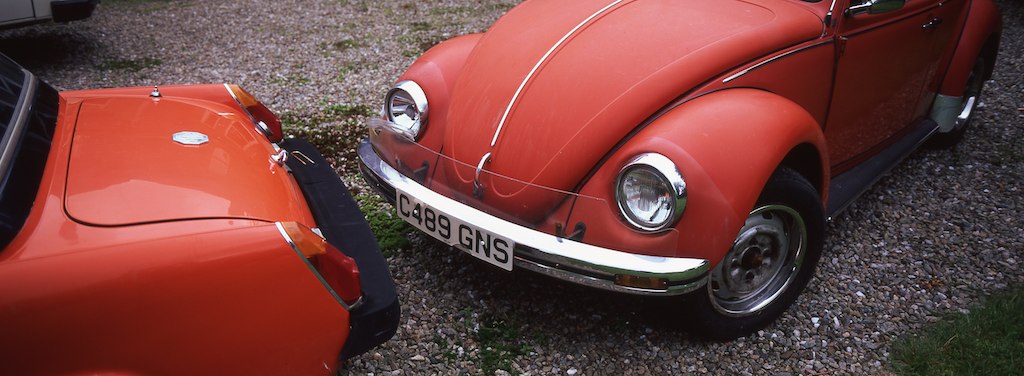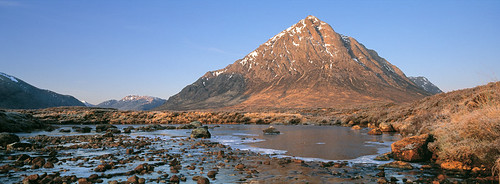- Messages
- 1,842
- Name
- Ujjwal
- Edit My Images
- No
I have just got back my second roll from X-pan; and, as far as I can see, there is a metering issue with the camera.
I have used it in aperture -priority mode.
Many of the landscape shots are under-exposed - some quite significantly. Especially if there is sky in the shot. The sky seems to be geeting exposed properly, while the foreground is left under exposed. It looks like the camera is reading more off the centre; and the top 1/3 of the frame; rather than the bottom 1/3. My shooting style was no different from how I use the G1; and while G1 produces very, very few underexposed shots ( less than 1%), about 30-40% were underexposed in X pan.
I am not talking of the vignetting in some of the shots, which apparently can be overcome with a dedicated filter - which I dont have.
I am not sure if the issue lies with my particular camera , or its a design issue.
Does anyone know if there is a particular trick to metering in the X pan; or if the camera set to 1 to 1.5 stop over exposure yields a better result when in Aperture -priority mode.
Since there is no AE Lock; the only other way is to do the match-diode metering; and knowing the metering pattern will be a great help.
I have used it in aperture -priority mode.
Many of the landscape shots are under-exposed - some quite significantly. Especially if there is sky in the shot. The sky seems to be geeting exposed properly, while the foreground is left under exposed. It looks like the camera is reading more off the centre; and the top 1/3 of the frame; rather than the bottom 1/3. My shooting style was no different from how I use the G1; and while G1 produces very, very few underexposed shots ( less than 1%), about 30-40% were underexposed in X pan.
I am not talking of the vignetting in some of the shots, which apparently can be overcome with a dedicated filter - which I dont have.
I am not sure if the issue lies with my particular camera , or its a design issue.
Does anyone know if there is a particular trick to metering in the X pan; or if the camera set to 1 to 1.5 stop over exposure yields a better result when in Aperture -priority mode.
Since there is no AE Lock; the only other way is to do the match-diode metering; and knowing the metering pattern will be a great help.

 .
.








